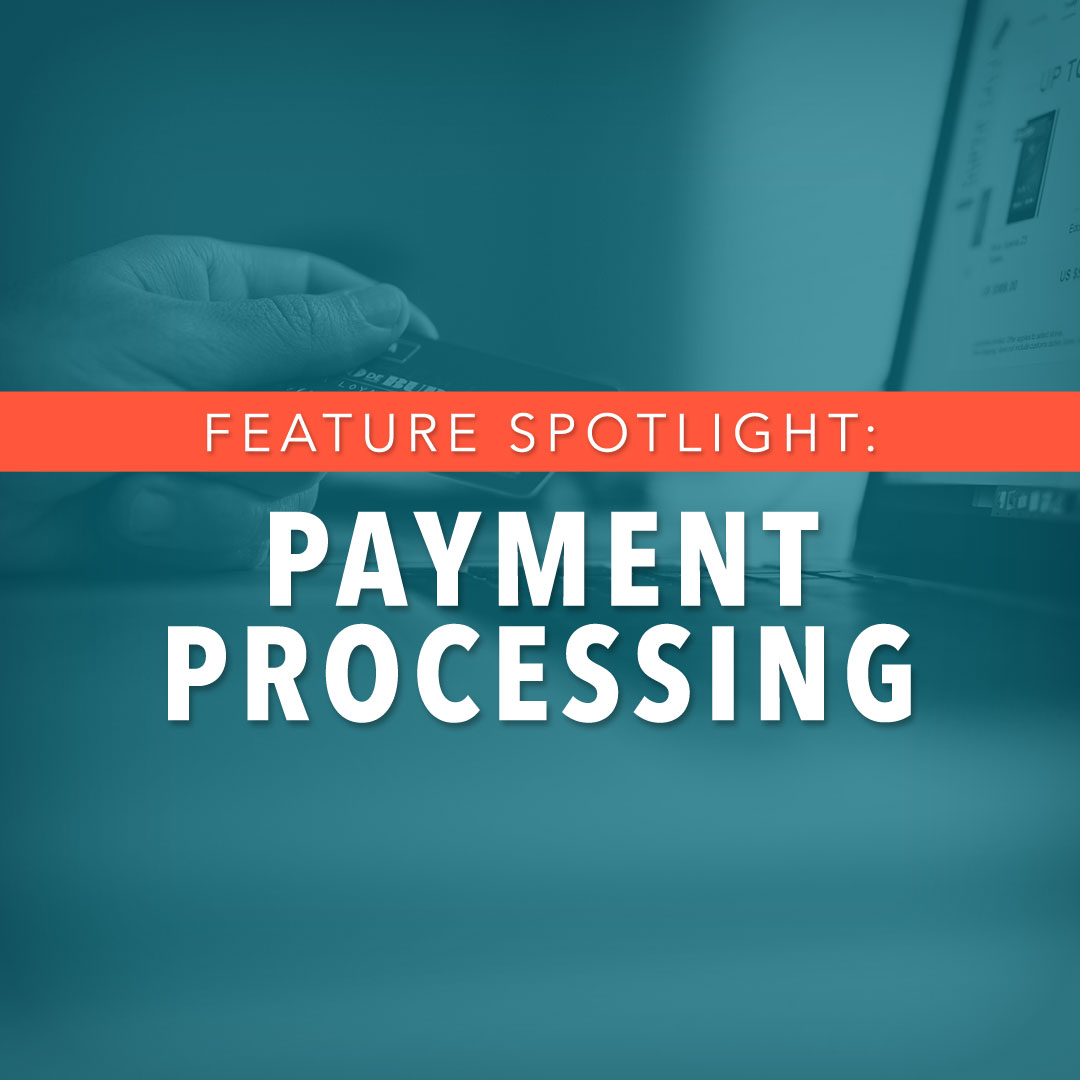If you’ve spent any time at all working in fundraising, donor development, and nonprofit marketing, you’ve studied the “best practices” for the industry. We’ve read the studies and followed the presentations that say, “do this, don’t do this’; “to achieve A result, you’ve got to do B”; and “if you do X, then most certainly, Y will be the outcome.”
It’s true; fundraising can be formulaic at times. There are certain methods, channels, timing and messages that donor development professionals all follow. These become regarded as “best practices” in fundraising and are used by many organizations of all types.
Most of the time, these work well and do indeed deliver the intended results. But sometimes, so-called “best practices” are anything but. They can turn into well-worn ruts that bog down our best efforts, while putting our audiences to sleep.
If you’re no longer seeing results from your “best practices,” maybe it’s time to ditch them and try something new.
“Best practices” say that email recipients don’t read to the end of an email; but why not test a new final call-to-action or a P.S.? A “best practice” may be that your audience only wants mail; but don’t be afraid to send a special appeal via email only (or vice versa).
You may believe that donors will only give at year’s end, so test that theory and send out a special request in the summer.
Send an unexpected thank you, or try a brand new design on your next letter.
It is ok if something does not work if you’re constantly trying to innovate and learn. The important thing is that you not rely on “best practices,” simply because you think they are. You should always be measuring and learning.
By doing this, you allow the most important folks to decide what “best practices” are for your nonprofit: your donors! And you avoid getting stuck in a fundraising rut.


-1.jpg)







